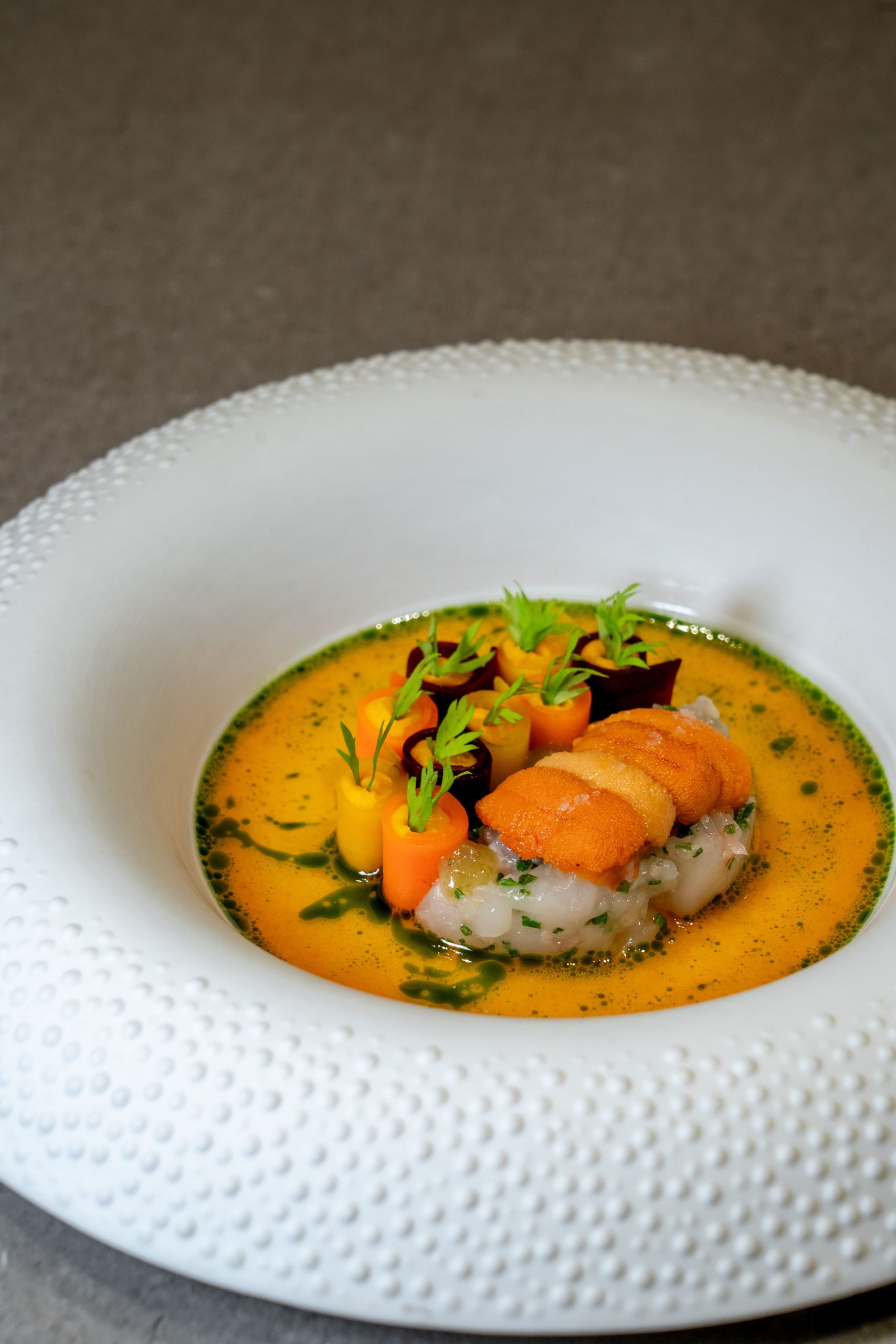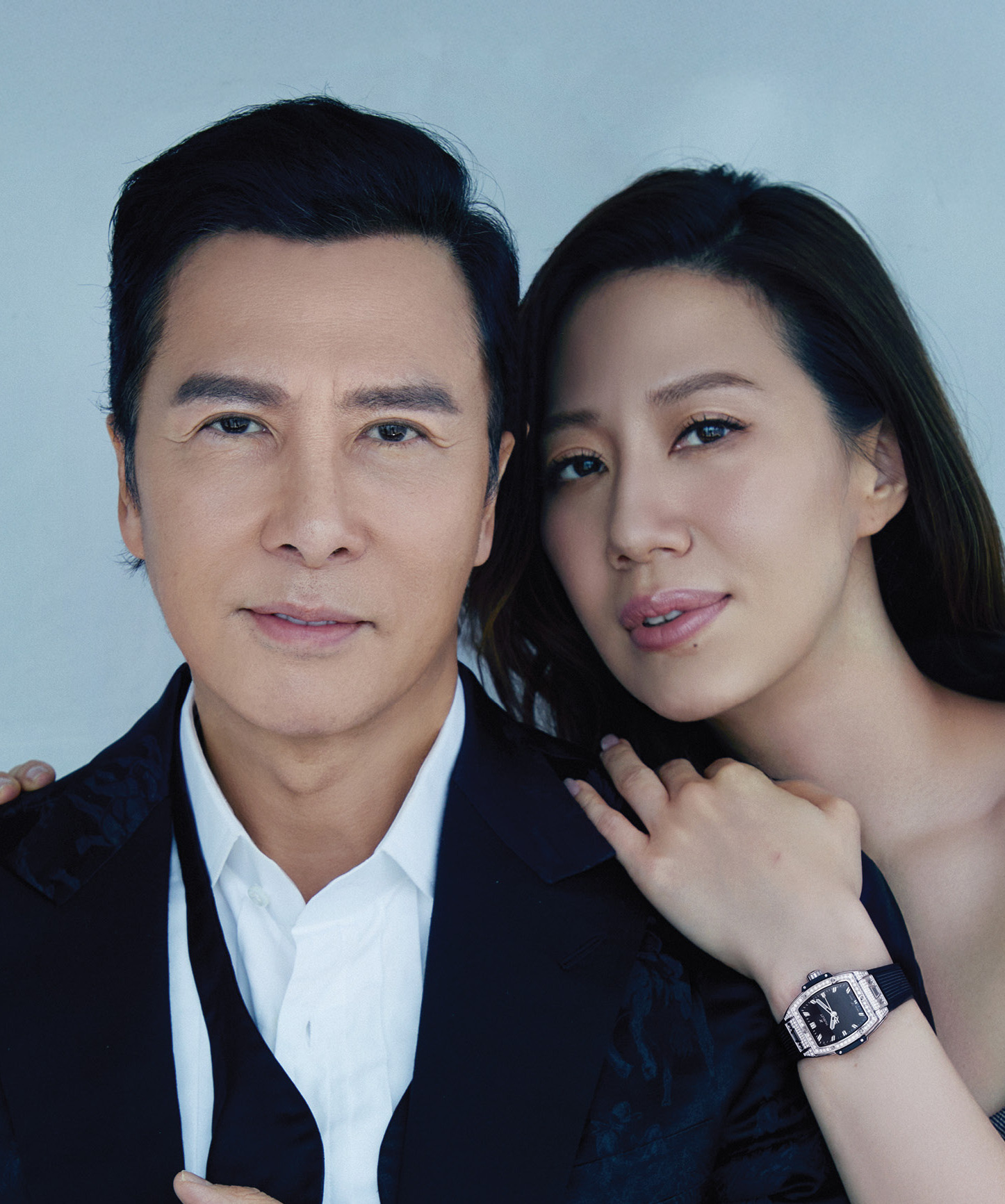Contemporary design was in the spotlight last month with a series of groundbreaking exhibitions at West Kowloon Cultural District. SaloneSatellite’s Marva Griffin along with local designers Dennis Cheung and Jacqueline Chak talk to Jaz Kong about creating objects that make an impact
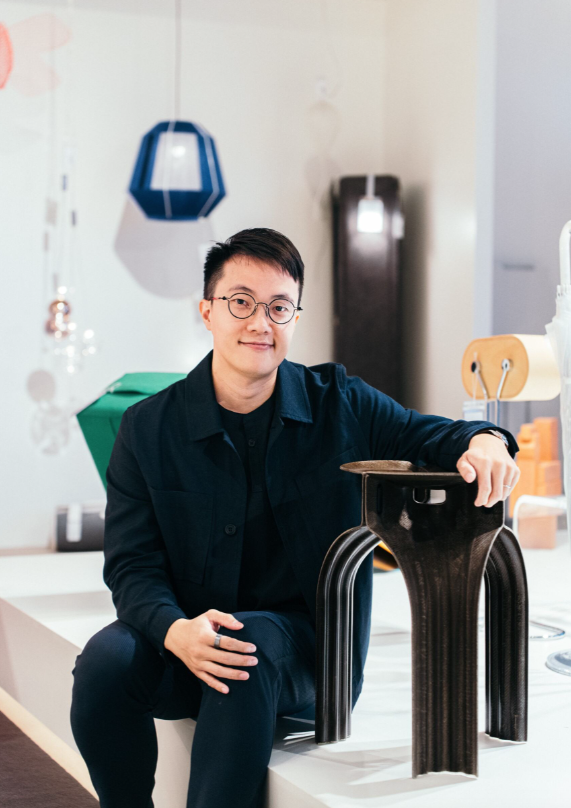
Design as a solution
Among the hundred-plus items on display at the SaloneSatellite Permanent Collection 1998-2024 Exhibition was a single entry from Hong Kong, created by our own Studio Ryte. But Dennis Cheung, Studio Ryte’s founding partner, and his team are in fact no strangers to SaloneSatellite. After first exhibiting at the fair back in 2018, and again in 2019, they won Second Prize in 2023 with their creation, Triplex Stool, and even participated in the SaloneSatellite Permanent Collection Exhibition at the Triennale di Milano earlier this year.
Echoing Marva Griffin’s comment that designers should work to improve people’s lives and provide solutions to current world problems, Cheung and Studio Ryte have been doing exactly that. He shares with us his journey creating the Triplex Stool, and his vision and hopes for Hong Kong’s design scene as a whole.
Before we begin, however, Cheung flips through the latest exhibition catalogue and reflects on friendships made and lessons learned. Apart from gathering talented young designers from all over the world and having them share their visions and cultures, what Cheung appreciates most about the SaloneSatellite experience is the chance to learn about the potentially “sensitive” trade side of the design business.
“It’s a valuable chance to learn about other people’s project dynamics – for example, how to deal or negotiate with clients, how to successfully pitch a project, how to approach new clients at different shows, or even some insider knowledge on trends,” he says. “To make it as a designer, the nature and quality of designs have to be excellent, but trade knowledge is just as important.”
Thinking back to the first time he exhibited at SaloneSatellite, Cheung says he was absolutely thrilled yet nervous. Much as Studio Ryte took a winding road to reach Second Prize at SaloneSatellite 2023, the Triplex Stool has seen many twists and turns. Its journey began in 2017, when the Studio Ryte team created a modular stool with design, structure, sustainability and material afterlife in mind.
“Each version is born out of evolution in various aspects – it could be the outlook, the structure or the material component,” Cheung says. “Flax fibre has been used since day one. What tells the stools apart is the binder. In version 1.0, it was binded with bioresin but it’s not biodegradable, hence we needed a better solution. Then we started to use a corn-based PLA, which is plant-based and combustible.
“What remains unchanged is our pursuit of a greater weight-carrying structure, a lighter product and a higher level of sustainability. However, we are still facing challenges in making the stools more readily made. Since we are probably the third party to choose to experiment with flax fibre, the manufacturing part is still catching up. If we used something more readily available, the R&D time could have been a lot less.”
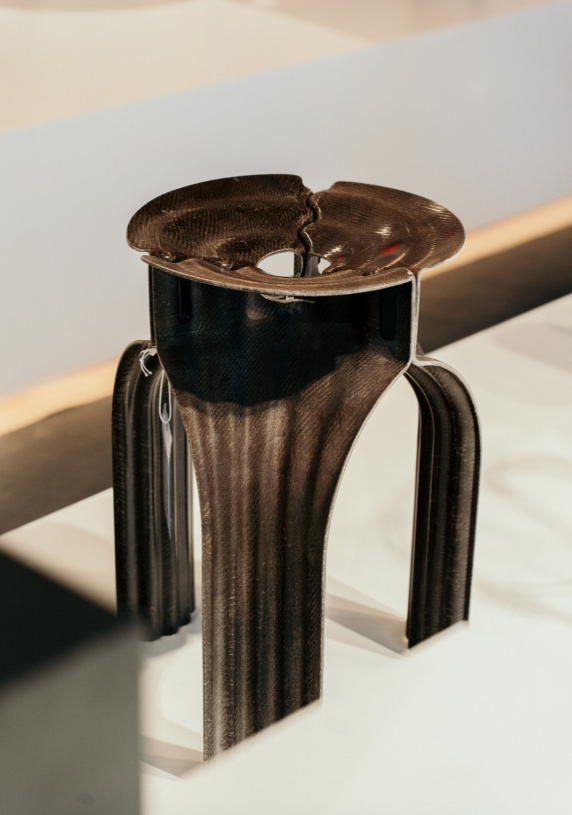
Cheung estimates it was version 4.0 that won Second Prize, noting that the studio launched version 6.0 at this year’s Maison&Objet in Paris. The Triplex Stool, he says, is “designed to push the boundaries of the product, not just as regards structure and weight but also in terms of assembly and lifecycle.”
Its modular assembly was likewise a response to the nomadic culture of modern living. “Everyone travels somewhere else to study, to live or to work, and every time we arrive at a new place, we look for some ‘fast-food- type’ furniture, perhaps something from Ikea or some low-price, low-quality products with a lifespan of less than two years,” Cheung explains. “When we design the Triplex Stool, we think about the carbon footprint. One of the aspects is how to deliver them in the smallest volume. If I only carry one stool for an overseas show, I sometimes disassemble it and carry the modules in my carry-on luggage. It’s small and light, weighing only about 1.7-1.8 kg, which, however, can be a challenge – how can we make it light while maintaining strong structural properties? Hence the curvy lines inspired by fluted pillars in Gothic architecture. Take a piece of paper as an example, a flat one can sustain much less weight than a curved or folded one.”
The Triplex Stool also inspires some interesting cultural references, with its design reminding some Hongkongers of the ubiquitous “Red A” plastic stool. “In my mind, it’s just how we think as Hong Kong people, because our culture is so diverse that it can remind people of church architecture, or stools often seen at local joints or even historical ding (ancient Chinese cauldrons),” Cheung says.
A diverse culture and close proximity to factories and suppliers are the key benefits of doing design research and development in Hong Kong, according to Cheung. But he also thinks there is much untapped potential. “There is no lack of ambitious, visionary
and capable designers in town. There are always designers or architects who will
step up when problems need solving,” he says. “However, what’s missing is a platform or a chance for people to recognise such potential and power. If we’re allowed more space and resources to grow our passion in experimentation and craftsmanship, we could reach the goal of mass producing better sustainable products sooner.”
While Cheung believes that designed objects can be beautiful, his focus is on functionality over aesthetics. “I sincerely think there should be constraints or frameworks when designing objects, that they should be solving problems,” he says. “Otherwise, they should be seen as art. A product can have artistic value, but an art piece might not necessarily have functionality.”
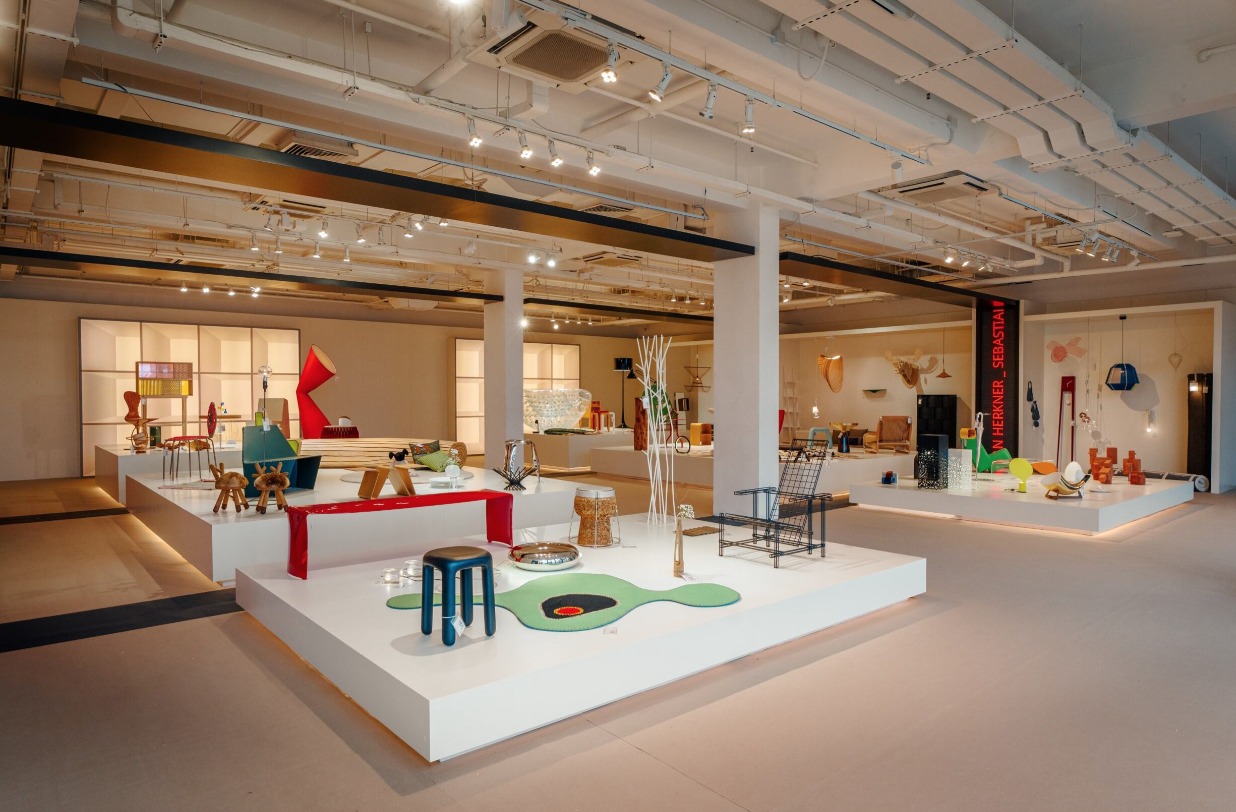
The discussion returns to Cheung and his team’s design philosophy: “Our interest in sustainable materials and design goes beyond a tagline. It’s embedded in our belief.” Having observed the difficulty of finding locally designed products that are of good quality but can be mass produced, Cheung has chosen to dedicate his efforts in this area, saying, “I don’t want to design something that might end up in the landfill.”
This is why Cheung has pursued sustainable designs that can be mass produced instead of producing bespoke pieces. But he still faces the issues of market size and demand. “In Hong Kong’s design culture, the realisation of optimal design depends significantly on client demand. While designers can create solutions that balance sustainability, creativity and financial viability, the question remains whether this kind of ideal approach can truly flourish in such a commercially driven society.”
When it comes to the future of design, Cheung expects it to be more “tactile, tangible and hands-on”, mainly due to the rise of AI and related technologies. “It’s easier now for everybody to generate an image with specific colours and styles through AI, even the clients can do so themselves. However, what AI can’t do yet is something rather technical or mechanical. For example, when it requires the calculation of force and momentum. Designers and architects with these capabilities will continue to stand out,” he says.
“When it comes to material R&D, innovation in creating new materials and
the application of such materials is to be expected. The key point is how designers can utilise their potential to the fullest in such a fast-paced world with an overload of easily accessible information. In an ideal world, designers will help both clients and end
users achieve a better standard of living.”
Also see: SaloneSatellite designers on good design (part 1 of 3)




